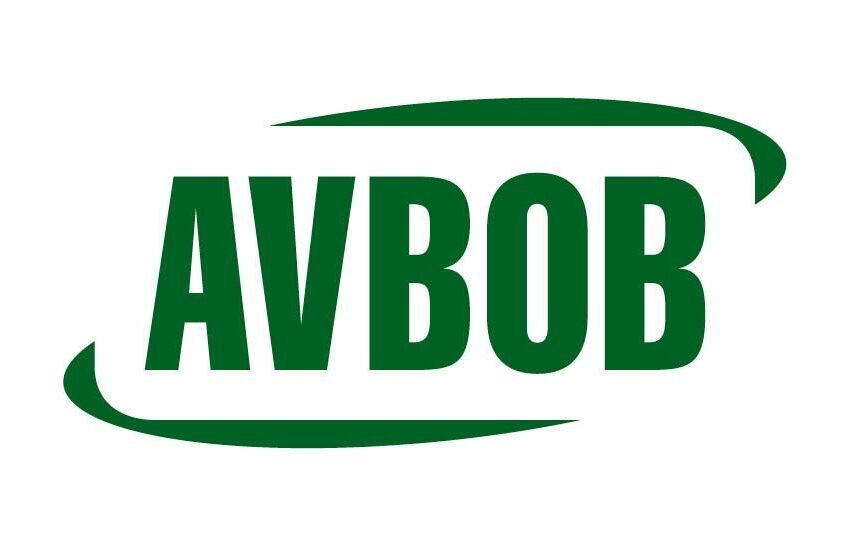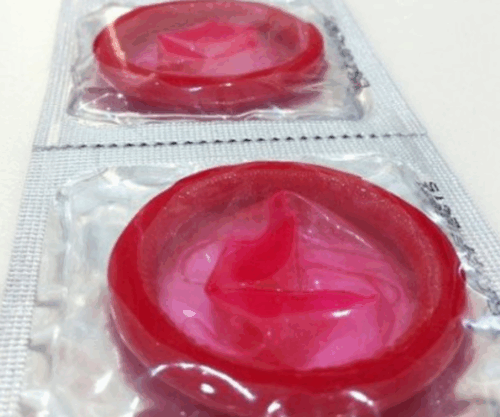
AVBOB takes innovation seriously, and becoming eco-friendly is a priority for AVBOB as consumer needs keep evolving. Aquamation or alkaline hydrolysis, sometimes also known as flameless cremation, water cremation and bio-cremation, is an eco-friendly, new way used for the cremation of the body instead of flames.
AVBOB has been in the funeral business for more than 105 years. It is a leader in the funeral business and the biggest mutual society in Africa. Over the years, AVBOB has offered traditional funeral services and cremation to its policyholders and non-policyholders. However, in 2019, AVBOB launched Aquamation.
Aquamation was rolled out first in Cape Town, Maitland. Later, in June 2022, it was introduced in Gauteng at the AVBOB Pretoria West branch. AVBOB intends to roll out Aquamation at multiple locations across the country.
Misconceptions about Aquamation
Since Aquamation is still new in South Africa, misconceptions exist about it. However, AVBOB aims to clarify all the misconceptions. Below are some of the misconceptions about Aquamation and clarification from AVBOB.
- AVBOB uses acid in the Aquamation process
AVBOB does NOT use acid in the Aquamation process. Instead, Aquamation uses a catalyst called alkali, which is a chemical opposite of acid. The Alkali used in this case is potassium hydroxide salts.
- AVBOB uses the water directly from Aquamation to water plants/crops
The answer is a big NO. The sterile water that remains after the process is recycled back into the municipal wastewater system. Please see more information under the process below.
- The Aquamation process is cooking the body
Aquamation is a gentle process, and there is no cooking of the body. Through the Aquamation process, all organic material is gently broken down into its most basic building blocks. Please see more information under the process below.
Is this process safe for the environment?
Since innovation is at the forefront of everything AVBOB does, the alkali used for Aquamation is safe for the environment. The water-based process uses a solution that includes 95% water and 5% alkali, which is potassium hydroxide.
The Aquamation Process
- The body is laid out in a receptacle;
- The body is then placed in a sterile, stainless steel chamber;
- Then a combination of gentle water flow, moderate temperatures and high alkalinity is used to hasten the natural process;
- All organic material is gently broken down into its most basic building blocks;
- Our bodies are composed of approximately 60% water. Therefore, during the Aquamation process, only the organic minerals (calcium) remain. These are then lightly processed into powder;
- The remains (ashes) are returned to the family in an urn;
- Families receive 20% – 30% more ash with Aquamation;
- What is left at the end of the process are the bones (handed back to the family) and a benign sterile liquid (containing NO trace of DNA and RNA), that is recycled back into the municipal wastewater system;
- All chemicals are rendered inactive after the whole process.




